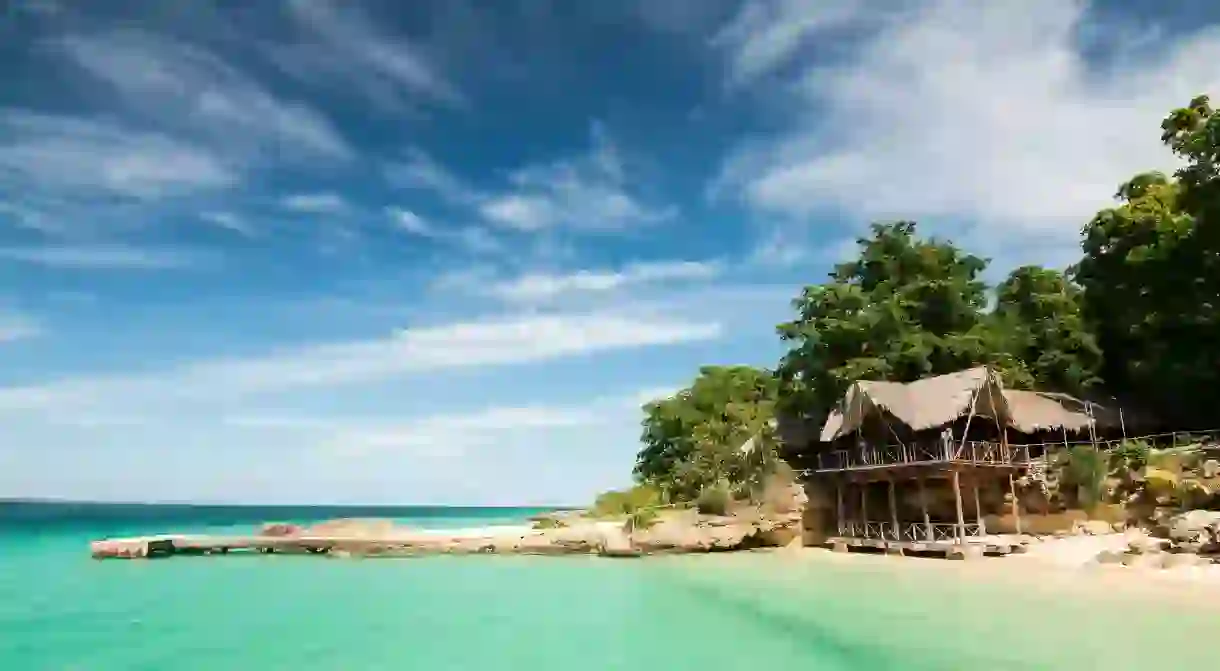The Best Snorkelling Spots in Cuba

One of the world’s most underrated snorkelling spots and an increasingly popular sailing destination, Cuba is a beach-fringed paradise dotted with fantastic dive sites. The best bit? Although beaches in resort areas can quickly get crowded, the same can’t be said for the dive sites – the risk of a flipper to the face is surprisingly low here, and with this much spectacular marine life to check out, we’re hoping it stays that way.
Cayo Levisa
A short ferry ride from Palma Rubia, Cayo Levisa is famous for its black coral, rays and clear water. The best time to visit is between November and April when the water’s warm and calm. The area has over 500 species of fish and 200 species of sponges, and an abundance of beautiful sea coral to spot. Facilities on the island are basic, but that’s part of the appeal. Can’t bear to leave? Book one of the rustic beachfront cabins.

Playa Santa Lucia
An hour’s drive north of Camagüey, this beach deserves a mention for the presence of a large, healthy barrier reef just offshore. The reef helps keep the water calm for those of us snorkelling closer to the beach, although for a closer look at the coral, we’d suggest a guided excursion for the chance to see long-spine porcupinefish and pretty shoals of angelfish.
Jardines del Rey archipelago
Most visitors to this beautiful archipelago, off the northern coast of Cuba, base themselves at Cayo Coco or Cayo Guillermo. Both have fantastic facilities, including some of the best dive schools in Cuba. The 32km (20mi) reef sits just below the water, which means snorkellers and scuba divers can check out the coral and the fish, including groupers and snappers. Sharks and moray eels are regularly spotted too, and there are numerous underwater caves for scuba divers to explore.
The Bay of Pigs
First things first – there are no pigs at the Bay of Pigs or Bahia de Cochinos, which you’ll find on the Gulf of Cazones on Cuba’s southern coast. What there is, however, is a calm and clear ocean protected from the wind by steep cliffs. It’s a paradise for snorkellers as well as scuba divers, who come to explore the flooded caves between Playa Larga and Playa Girón, used as landing sites for squadrons of armed Cuban exiles during 1961’s famous Bay of Pigs invasion.

Playa Jibacoa
For a laidback snorkelling session, you can’t beat this fishing village turned holiday resort a two-hour drive from Havana. Although it’s a popular tourist spot, there are still plenty of crowd-free snorkelling and scuba sites, and they’re easily accessible, too. Snorkellers can swim out to the reefs just off the beach, and confident swimmers can explore beyond the reef’s drop off, where the depth extends to around 12m (39ft). Just keep an eye on the beach flags – red ones mean choppy conditions.
Guanahacabibes National Marine Park
You’ll find this park on Cuba’s westernmost point. Its protected status has allowed marine life to thrive and is the reason the park is best explored on guided snorkelling excursions offered by the region’s only hotel. Highlights include the brightly coloured corals and the turtles – the nearby beaches are popular nesting sites, which is why it’s one of the best places to spot the creatures. Bear in mind that it’s an isolated area – the nearest city, Pinar del Río, is a two-hour drive away.
Cayo Santa María
Snorkel in the bright blue waters of this small island off Cuba’s north coast, and you’ll see vast coral gardens and a show-stopping range of marine life, including dolphins and turtles. The island has plenty of accommodation options, including several five-star spots and a few dive schools, many of which offer guided snorkelling tours. Head to the shallow waters on the eastern side for the best visibility and the best range of marine life.













